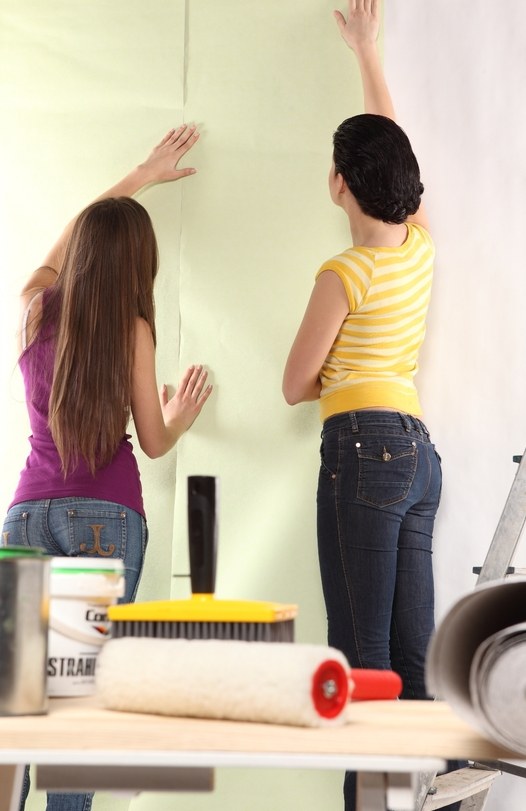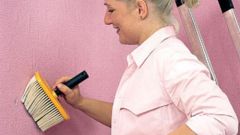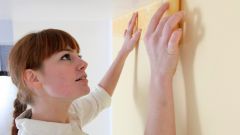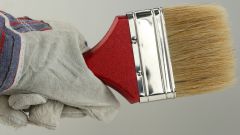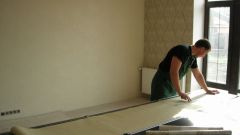You will need
- - water and spray;
- - sponge, rags;
- - adhesive joints of Wallpaper (or PVA glue);
- brush;
- - a rubber roller or Wallpaper brush;
- - box cutter (scissors);
- roulette;
- - sandpaper;
- - tinting paste;
- - the remains of the finishing material for the patches;
- - decorative piping.
Instruction
1
Try to glue the joints of the Wallpaper. To do this, moisten a paper front edge of panels with clean water from a spray bottle; if you use the puff material (non-woven, vinyl, duplex), moisten back of each problematic region. Let the strips soak up moisture for 5 minutes.
2
Smoothen the edges of the finishing material special glue for joints Wallpaper like "Moment Komar", Quelyd Colle Raccoro or Kleo. In their structure - dispersion of polyvinyl acetate (PVA), so quickly grab it. Look for packaging with a handy narrow spatula; if necessary, apply a small brush.
3
Trim the seams of the Wallpaper with his hands, trying not to overlap on the thick material. Smooth out the edges of the rubber roller or brush, carefully smooth the wrinkles and air bubbles. The front side panels remove the excess glue with a damp sponge or cloth.
4
The joints of the finishing material may not be affected, and diverge from each other – between the bands appears ugly gap. In this case, try to moisten the edges (see step 1), gently tighten them to each other and to put on the glue. If your efforts do not succeed, try to hide the shortcomings of the repair.
5
RUB with fine emery paper coloured powder on the front surface of the unnecessary trimmings finishing material. Mix it with PVA glue and apply a small amount of the obtained paste in inconspicuous place of the wall. If the color exactly matches the tone of the glued Wallpaper, gently treat all gaps between panels. If necessary, you can mix the powder and glue with a suitable tinting paste from the store of finishing materials.
6
Seal gaps between the wall patches of the same material, precisely aligning all of the joints and drawings of decorative coatings. It's hard work, but at a certain skill such patches can completely hide defects in the finish.
7
If the structure of the panels (not very protruding shape, appropriate thickness), some people make "artificial joints" of the Wallpaper. Should be cut into neat patches; one side of them would be adjacent to the original edge, the other slightly find to another lane finishes. Double layered material for the patches should be pre-soak, to remove the bottom base and leaving only the decorative top.
8
Consider the more simple and the original version of the repair joints on the Wallpaper. Gaps can be covered decorative with braid, cords, ribbons to match the walls, curtains and furniture upholstery. Frame the same edging pictures and photos – harmoniously designed interior will hide from prying eyes all the past failures and repair work.
Useful advice
If along the seams of the Wallpaper appeared a dark strip, try to clean them. Perhaps the glue mixed with the scraping dust. If, however, changed the color of the Wallpaper edges are the sign using hot glue. Such a defect is irreversible – will have to glue strips or use one of the ways to repair joints (patch-laps, decorative edging).
